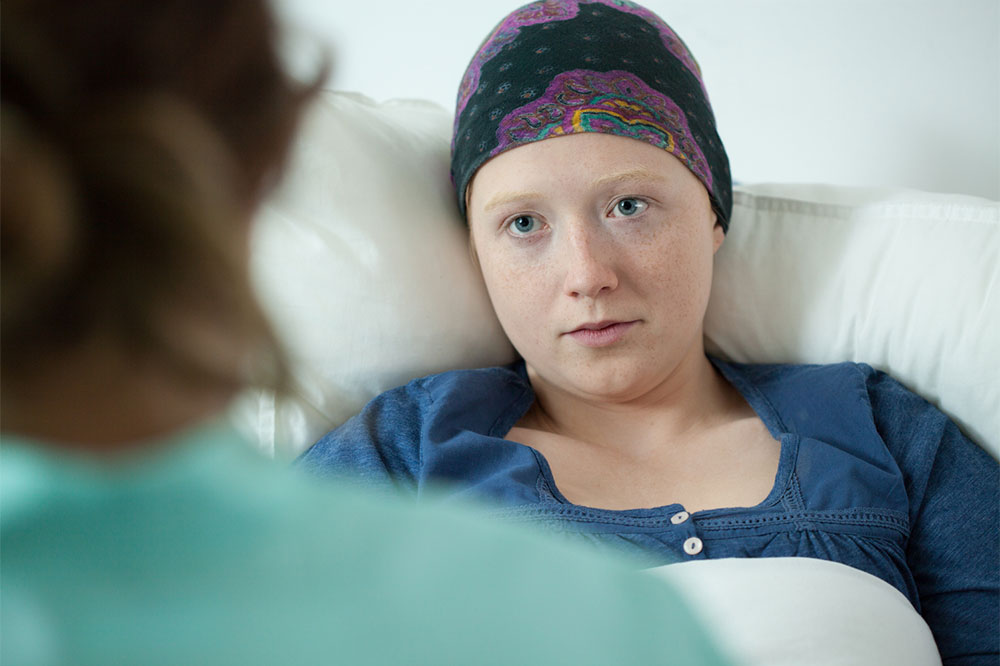
Leukemia – Types and treatment options
Leukemia is one of three major types of blood cancer, with lymphoma and myeloma being the other two. The red blood cells (RBCs), white blood cells (WBCs), and platelets can all suffer due to it, although the condition mostly refers to cancer of the WBCs. The condition is diagnosed 10 times more in adults than children, so the risk definitely increases as one grows older.
The symptoms of the condition vary depending on the type of leukemia the patient is afflicted by. The major ones are
- Acute lymphocytic leukemia (ALL)
Apart from the blood, the bone marrow—a spongy tissue found inside bones and responsible for producing blood cells—is affected in this type of leukemia. Symptoms include bleeding from the gums, frequent infections, and bone pain.
- Chronic lymphocytic leukemia (CLL)
The major difference between CLL and other types of leukemia is that this one progresses slowly as compared to others. Symptoms of this type are not visible in the early stages, but patients in the latter stages report fatigue, weight loss, and enlarged lymph nodes.
- Chronic myelogenous leukemia (CML)
A patient suffering this type has an increased number of WBCs in their blood. The condition is more common in adults and is caused due to an abnormality in the genes of the bone marrow.
Diagnosis of leukemia
Since certain types of leukemia like CLL and CML do not produce symptoms until their later stages, self-diagnosing the disease is difficult. Undergoing diagnostics like blood or bone marrow tests can help with both equally effective at diagnosing the problem. The test results determine the treatment method to choose.
Treatment of leukemia
The doctor may choose either of the following treatment options after considering several factors, like your age and stage of the disease.
- Radiation therapy
This condition basically spreads through infected leukemia cells that divide rapidly to destroy organs and tissues. And radiation therapy treatment method inhibits the growth of these cells by attacking them with X-rays or other high-energy beams.
- Bone marrow transplant
Replacing the malfunctioning bone marrow with healthy stem cells is the main aim of this treatment method.
- Chemotherapy
Medications, either in the form of pills or injections, are used to kill infected leukemia cells. The procedure, however, can produce side effects like fatigue and hair loss.


